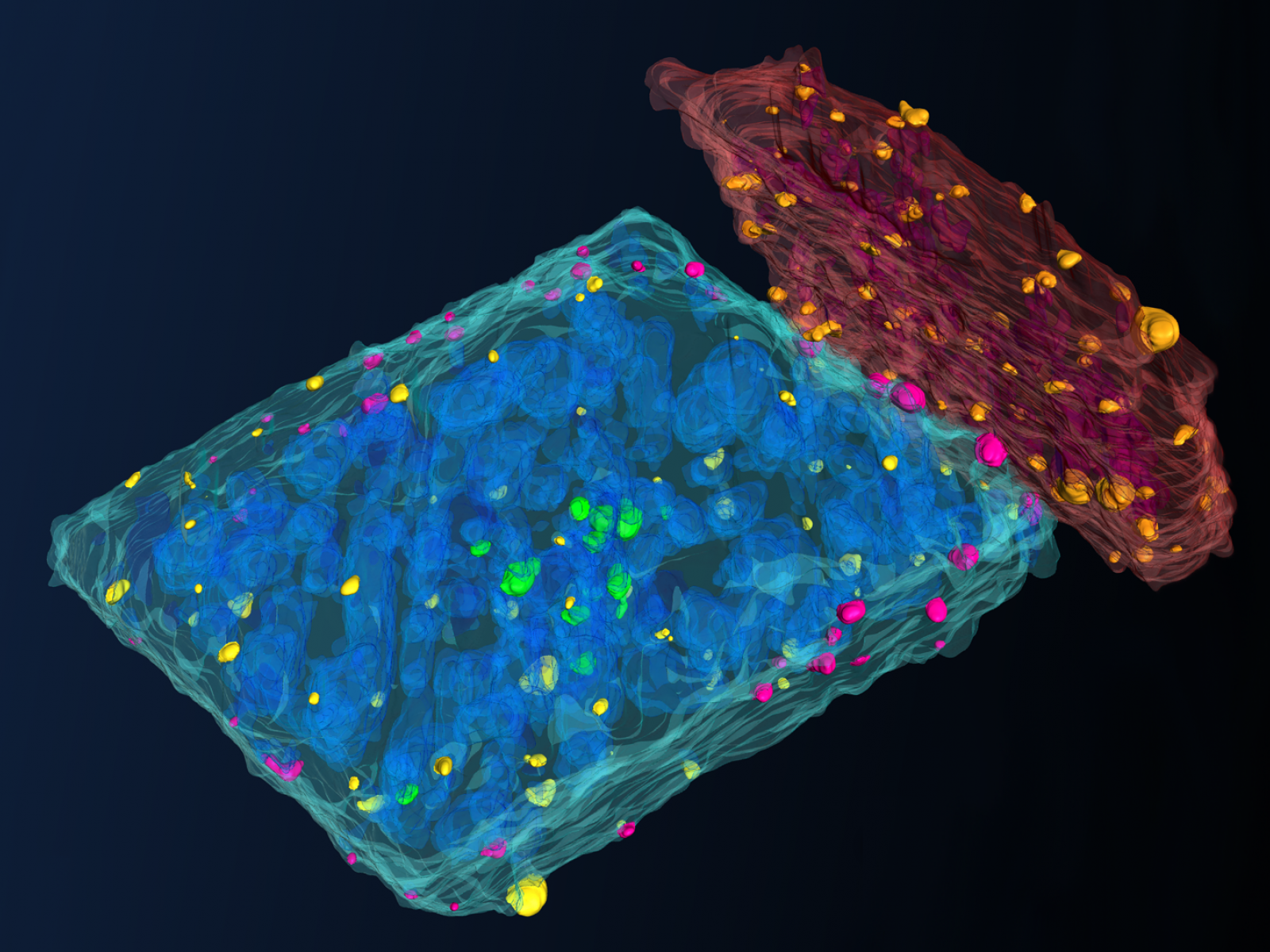
Institute for Integrated Catalysis

Catalysis is key to sustainable development that secures energy independence, and it is critical to the transition from the current use of carbon resources for energy and chemicals towards solely using recycled and renewable carbon as well as renewable energy resources. This image shows a tomographic reconstruction of Pt catalytic nanoparticles dispersed on alumina support. The tomographic reconstruction enables to distinguish and quantify the interaction of Pt nanoparticles with various alumina facets and internal pores.
Libor Kovarik | Pacific Northwest National Laboratory









